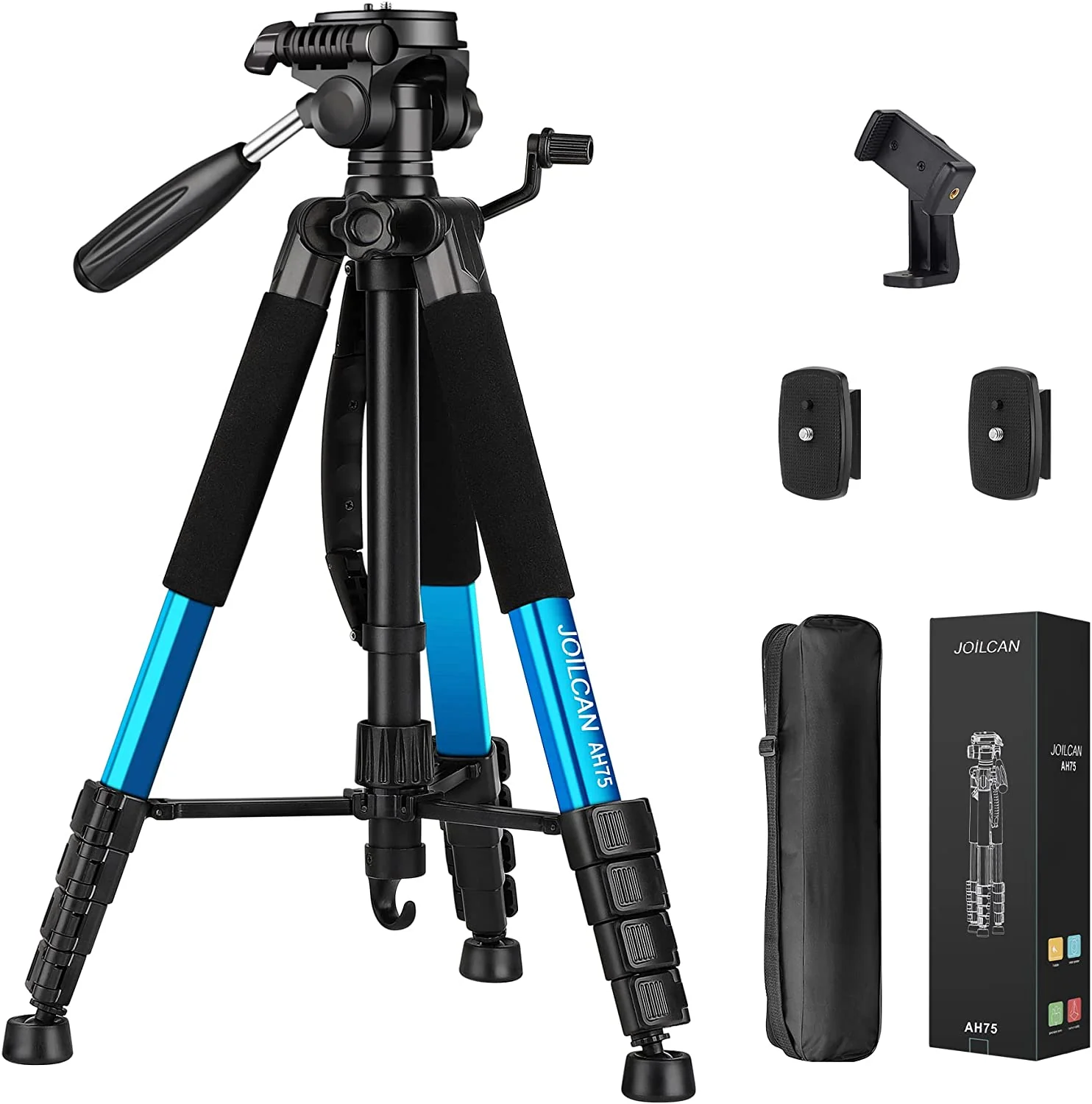Viral marketing is a marketing strategy that aims to create content or campaigns that spread rapidly and widely among a target audience, often through social sharing, word-of-mouth, and online platforms. The term “viral” refers to the idea of content or messages spreading like a virus, reaching a large number of people quickly and organically. In this comprehensive guide, we’ll explore the key concepts, principles, strategies, benefits, and examples of viral marketing.
Importance of Viral Marketing
1. Exponential Reach
Viral marketing can lead to exponential reach and exposure as content gets shared, reposted, and circulated across social media, blogs, forums, emails, and other digital channels, reaching a broader audience beyond initial targets.
2. Cost-Effective
Viral campaigns can be highly cost-effective compared to traditional advertising methods, as they rely on organic sharing, user-generated content, and word-of-mouth referrals rather than paid media placements.
3. Engagement and Buzz
Viral content tends to generate high levels of engagement, interactions, comments, likes, shares, and discussions, creating buzz, excitement, and momentum around brands, products, or messages.
4. Brand Awareness and Recognition
Successful viral campaigns can significantly boost brand awareness, visibility, and recognition as content gains traction, exposure, and virality within online communities and social networks.
5. Influence and Trust
Viral content often carries social proof and credibility as it spreads through trusted sources, influencers, and networks, leading to increased trust, brand affinity, and positive associations with the brand or message.
Key Elements of Viral Marketing
1. Compelling Content
Viral campaigns start with compelling, shareable, and memorable content that resonates with the target audience, evokes emotions, triggers reactions, sparks curiosity, entertains, educates, or inspires action.
2. Emotional Appeal
Emotions play a crucial role in viral content, whether it’s humor, awe, surprise, joy, sadness, fear, or inspiration, as emotional content tends to resonate more deeply and encourage sharing among viewers.
3. Share-Worthiness
Viral content is inherently share-worthy, meaning it provides value, entertainment, utility, or novelty that motivates viewers to share it with their social networks, friends, family, or online communities.
4. Timing and Relevance
Timeliness and relevance to current events, trends, pop culture, holidays, or social issues can enhance the virality of content by tapping into topical conversations and capturing audience interest.
Strategies for Viral Marketing
1. Create Shareable Content
Develop content formats that are inherently shareable, such as videos, memes, GIFs, interactive quizzes, challenges, user-generated content campaigns, contests, or viral trends that encourage participation and sharing.
2. Leverage Influencers and Advocates
Collaborate with influencers, brand advocates, celebrities, or industry experts who have a large following and influence to amplify the reach, visibility, and credibility of viral campaigns.
3. Seed and Amplify
Seed viral content strategically by sharing it across owned channels, social media platforms, communities, influencers, bloggers, journalists, and platforms likely to amplify its reach and virality.
4. Utilise Social Sharing Features
Incorporate social sharing features, buttons, widgets, and incentives into viral content to make it easy for viewers to share, repost, retweet, tag friends, or participate in viral challenges and campaigns.
5. Engage with User-Generated Content
Encourage user-generated content (UGC) by inviting users to create, share, and contribute their own content related to viral campaigns, leveraging user creativity, authenticity, and community engagement.
6. Create Controversy or Surprise
Controversial, surprising, or unconventional content can spark discussions, debates, and reactions, driving engagement, shares, and virality as people react to the unexpected or provocative nature of the content.
Benefits of Viral Marketing
1. Massive Reach and Exposure
Viral campaigns can reach millions of people globally, transcending geographical boundaries and demographic segments to achieve widespread visibility and exposure.
2. Cost-Effective Branding
Compared to traditional advertising, viral marketing can generate significant brand exposure, buzz, and recognition at a fraction of the cost, making it a cost-effective branding strategy for startups and small businesses.
3. Engagement and Interaction
Viral content often leads to high levels of engagement, interactions, comments, likes, shares, and user-generated content, fostering community participation and brand-consumer interactions.
4. Boost in Traffic and Conversions
Successful viral campaigns can drive a surge in website traffic, social media followers, leads, conversions, sales, downloads, sign-ups, or other desired actions among the target audience.
Examples of Viral Marketing
1. Ice Bucket Challenge
The ALS Ice Bucket Challenge went viral globally, with participants filming themselves pouring buckets of ice water over their heads to raise awareness and funds for amyotrophic lateral sclerosis (ALS) research.
2. Dancing Baby (Evian Roller Babies)
Evian’s “Roller Babies” commercial featuring CGI-animated dancing babies became a viral sensation, garnering millions of views and shares across social media platforms.
3. Dollar Shave Club
Dollar Shave Club’s humorous and relatable launch video went viral, showcasing their subscription razor service with a witty script, engaging visuals, and a memorable founder persona.
4. Old Spice “The Man Your Man Could Smell Like”
Old Spice’s viral ad campaign featuring a suave spokesman delivering humorous, over-the-top monologues became an internet sensation, generating millions of views and social shares.
5. Airbnb’s “We Accept” Campaign
Airbnb’s “We Accept” campaign addressing diversity and inclusion went viral, promoting messages of acceptance, belonging, and community engagement.
Challenges of Viral Marketing
1. Unpredictability
Viral success is unpredictable, and not all campaigns can achieve viral status despite strategic planning and execution, making it a risky and uncertain marketing approach.
2. Short-Term Impact
Viral content often experiences a surge in attention and engagement but may have a short-lived impact, requiring continuous efforts to sustain momentum and capitalise on viral success.
3. Negative Virality
Viral campaigns can backfire if not well-received or misunderstood, leading to negative publicity, backlash, criticism, or brand damage, highlighting the importance of careful planning and sensitivity.
4. Saturation and Noise
The digital landscape is saturated with content, trends, and viral challenges, making it challenging for brands to stand out and capture audience attention amidst the noise and competition.
Conclusion
Viral marketing remains a powerful and impactful strategy for brands to generate buzz, reach massive audiences, and create memorable brand experiences in the digital age.







